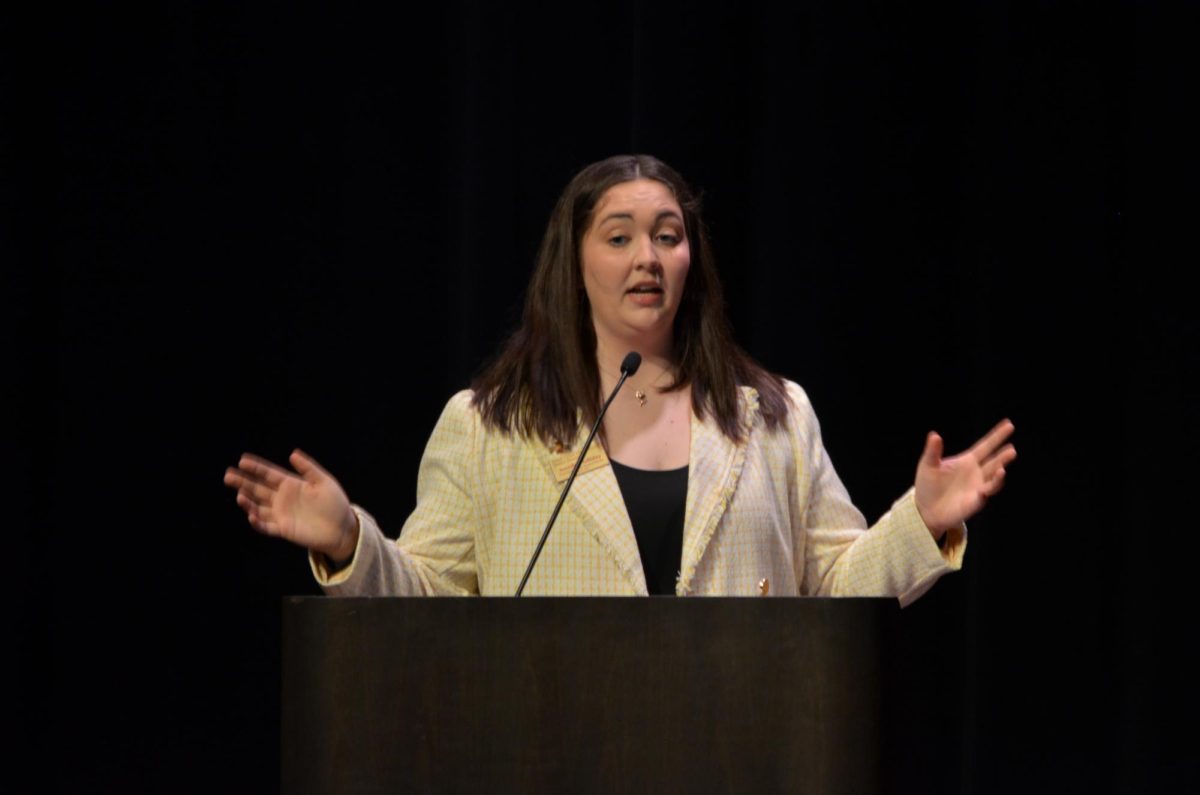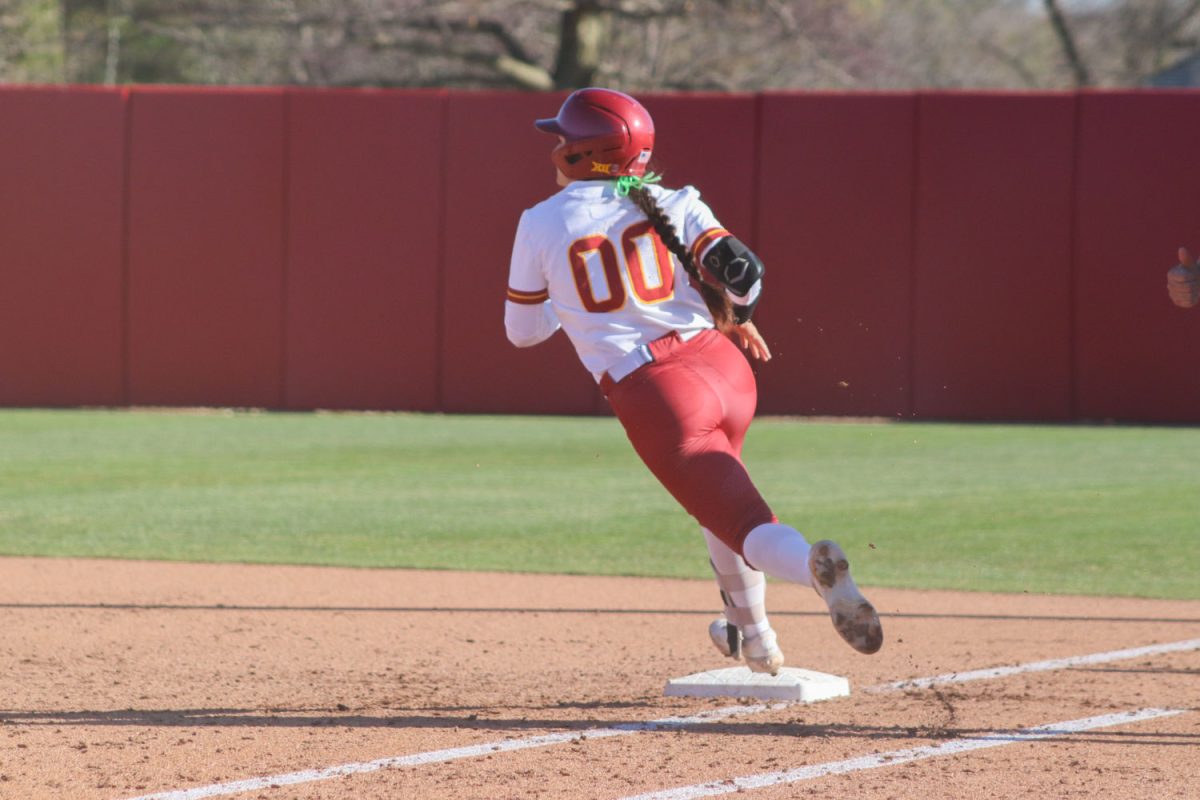Leakage from swine manure storage lagoons not a problem, ISU study says
September 14, 1999
Iowa State researchers recently found that for swine manure storage lagoons across the state, leakage does not seem to be a problem.
“[The storage lagoons] are meeting the standard they were designed against,” said Tom Glanville, associate professor of agricultural and biosystems engineering.
Glanville was encouraged by the results of ISU’s study because all but one of the sites studied were at or below the maximum-allowed leakage levels.
Tom Richard, assistant professor in agricultural and biosystems engineering, said neighbors of the facilities have been concerned about the lagoons.
Because of this concern, the Iowa Legislature mandated the study and allotted 18 months for it to be done, Glanville said.
Richard, Glanville and William Simpkins, associate professor of geological and atmospherical sciences, all agreed that more time would be good for this type of study.
But despite the short time frame, Glanville felt the study was very useful.
“It is one of the most comprehensive efforts to look at earthen waste storage that has ever been done,” he said.
Training programs for the operators of the facilities started last spring, Richard said. Operators of all commercial and large operations are required to attend these programs.
He also said it was important to know the history of the site because something in the past could have caused contamination.
Glanville said this study was hard because “there is no textbook standard” way to measure the leakage rate for the lagoons. The researchers had to develop their own techniques.
“You can’t just dig down beneath these and collect everything that seeps out,” he said.
Another part of the study was to characterize the sites geographically to see what type of soil they had and where they were compared to aquifers and the water table, Simpkins said.
They looked at the soil and water sources, Simpkins said, to see how appropriate each site was for a storage lagoon. Aerial photographs, topographic maps and the digital soil database were used.
















